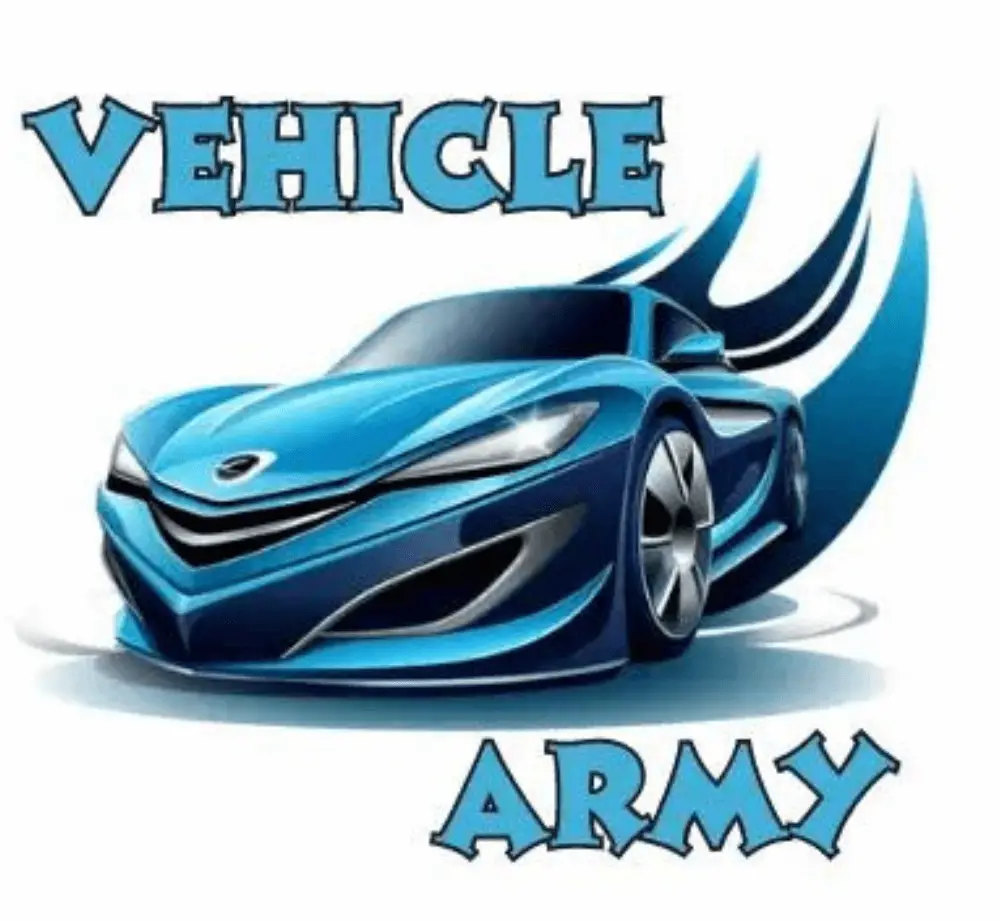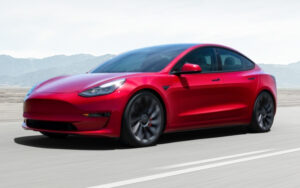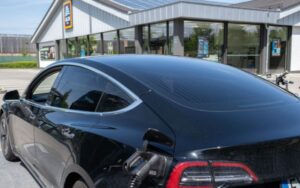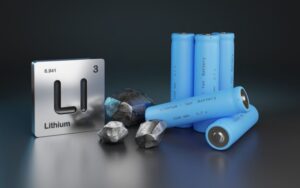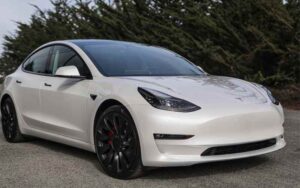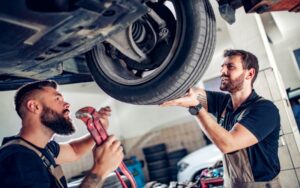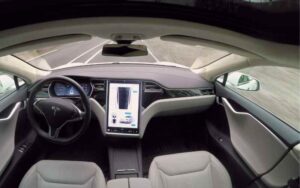4 Reasons Your Tesla Brakes Squeaking!
Last updated on September 12th, 2023 at 03:03 am
Most Tesla users complain of hearing squeaky sounds whenever they decide to leave regenerative brakes for their actual brakes.
While some consider it normal, others get worked up over it. After all, a Tesla is quite expensive.
With such vehicles, it’s normal to be extra worried when you notice problems or what might seem to be problems.
But the question is, does hearing squeaky sounds from your Tesla brakes signify a problem?
Squeaky Tesla brake sounds aren’t a big deal the first time you hear them. But, in most cases, it could be because you’ve been using regen brakes for a while before switching to actual brakes. Hence, dust, moisture & mud has caused rust accumulation, resulting in noise. Fortunately, brake burnishing through firm stops will fix it. Otherwise, replace them.
In this article, I will explain why your Tesla makes squeaky brake noises. Additionally, you’ll know if worrying is practical and how to prevent and stop your Tesla from making these noises.
By the end, you’ll also learn how long a Tesla brake generally lasts.
Why Are My Tesla Brakes Squeaking?
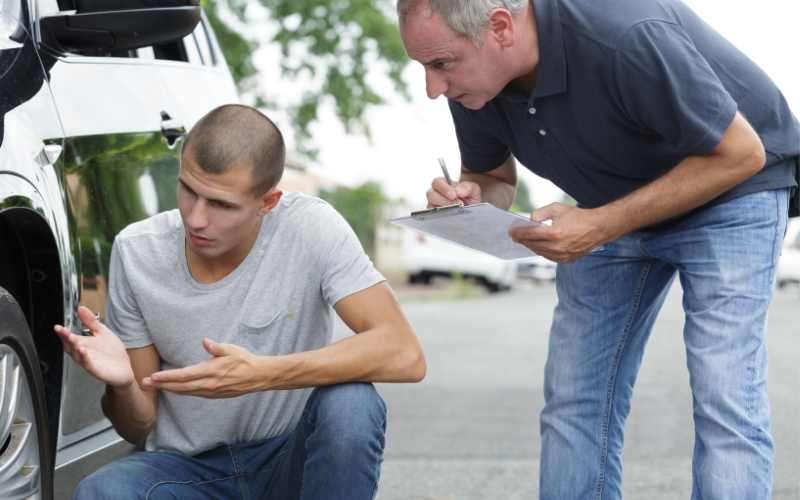
Regardless of knowing that the squeaky sounds you’re hearing aren’t a big deal, it does help to understand why it’s happening in the first place.
Therefore, we’ve put together reasons you’re experiencing these squeaky sounds.
#1. Worn-down Brakes, Brake Pads, and Calipers
Over time, your Tesla brake pads begin thinning because they have metal indicators that give off a loud alert when they reach their peak thickness.
That unpleasant sound indicates a need for brake pad replacement, and when it collects dust, the squeaking sound is expected.
It is advisable to fix this immediately as it could worsen rotor issues if it persists. Brake rotors are a more expensive purchase and will double your maintenance cost.
Fortunately, some Tesla models have brake pad sensors that alert you of such problems, helping you prevent these brake squeaks from turning into complex issues.
The table below shows how to prolong your brake pad lifespan.
| Factors Influencing Brake Pad Durability | How It works |
|---|---|
| Where you drive | Driving around inner cities and shorter journeys helps your brake pad’s life. |
| Weight of your car | It’s always recommended to drive a lighter car more often as it makes braking easier, reducing pad wear. |
| Miles covered | Using brakes faster and over long distances reduces its lifespan. So it’s advised to slow down before braking. |
#2. Moisture
It is common for brakes to accumulate dust when exposed to moisture. Although this can burn off over time, it still puts your pads at risk of wearing down along the line.
Therefore, a safety precaution is to park your car indoors.
#3. Cheaper or More Metallic Pads
Your brake pads might be the issue behind the squeaky sound you hear. These brake pads come in three types: organic, ceramic, and semi-metallic.
The semi-metallic pads are well-known for causing these squeaking sounds due to their metallic component. Organic brake pads are softer, collect more dust, and are of minimum quality.
Lastly, ceramics offer the best quality and less noise, so if you notice these annoying squeaks, you can always switch to a different brake pad type.
Learning more about these brake pad types is essential before choosing them as replacements, as they work best for different vehicle types.
#4. Heavy Loads and Lubrication
Your brake usually struggles when you carry more load in your Tesla, resulting in squeaking sounds. And if this persists, the pads’ deterioration rate will be faster.
Finally, poorly-lubricated metal parts in the brake cause squeaky and even grinding noises as these parts brush over each other.
Are Squeaky Brakes Normal on a Tesla?
Squeaky brakes on a Tesla are conventional issues that burnishing can fix. However, it could go beyond that, signifying that a brake pad has reached its peak lifespan and requires a change.
So knowing how to avoid squeaky brakes is a plus, as it helps your brake pads last longer. Below are some things to practice.
- Be cautious of Traffic and anticipate them, so it’s easier to slow down before applying brakes. This method works better than slamming them.
- Avoid high-speed driving as this sudden braking puts excessive pressure on the brakes.
- Accelerate slowly, so it’s easier to brake amid sudden hurdles.
How Do I Stop My Tesla Brakes From Squeaking?
The next thing to do after realizing what is causing your Tesla to squeak is to stop it from happening again.
Since this could be a minor problem or something significant requiring professional attention, we’ve outlined three things you can do to fix a squeaking Tesla brake.
#1. Lubricate the Brake Pads
For a new Tesla, the brake generating a squeaking noise is no big deal and can demand a solution as simple as lubricating the contact points.
Applying grease to the brake pads requires taking the brake pads experiencing these squeaking sound issues from the caliper.
Then, spread whatever lubricant you use on it, not on the friction component.
More importantly, ensure that the rotor and brake pads’ friction exterior has no oil to avoid brake deterioration.
#2. Put a Set of Shims
Brake pad shims are an excellent solution for noise reduction from squeaking brakes.
They’re positioned between the brake pad and caliper, cushioning the effect of any brake noise.
Depending on your Tesla model, it could have a brake pad shim, but if it doesn’t, you can buy one. They’re inexpensive and come in handy.
#3. Replace the Rotors and Pads
As your Tesla brakes lifespan’s end approaches, the pads and rotors will likely suffer damage.
For example, the brake pads could thin down, making friction expected, which in turn causes these annoying squeaking sounds.
To solve this, you can inspect your brake pad’s width, usually from behind the tires, to know the following line of action.
Three things you should look out for to know you need a replacement are:
- Your Tesla brake pad has less than 2/8″ of friction component remaining
- The brake rotor encloses the main grooves
- The rotor has a swollen exterior
How Long Do Tesla Brakes Last?
Tesla car brakes have no defined lifespan. It could last you a long time or get damaged quickly. It depends on you and how you drive it, as it is a wear and tear issue.
As discussed earlier, different factors could damage your brake pads and make squeaking noises, but avoiding them prolongs their lifespan.
Now, a few things should serve as an indicator to you, signifying the need for a brake replacement in your Tesla.
They are mentioned below.
- The warning light symbol on your Tesla illuminates to alert you of a braking problem. Don’t treat this lightly. It’s recommended to check it out as soon as possible.
- Hearing a loud screeching is also something to be worried about as it occurs due to dust accumulation on the discs. But it’s nothing some driving/burnishing can’t fix.
- Also, noticing bad vibrations indicates warped discs that you can’t see or may struggle to decipher.
- Brakes taking longer to work after being initiated is also a problem as it signifies wear and tear in brake pads and discs.
- Lastly, hearing grinding sounds is another indicator of a brake pad problem as it means your pads are worn out, accelerating the damage of other brake components.

Hey, I’m Michael Davis, a 35-year-old with a degree and a love for cars and tech. Since I was a kid, cars have been my thing—so much that I even thought they ran on magic beans! Fast forward, and I’ve built Vehicle Army, your one-stop-shop for easy-to-understand car facts.
